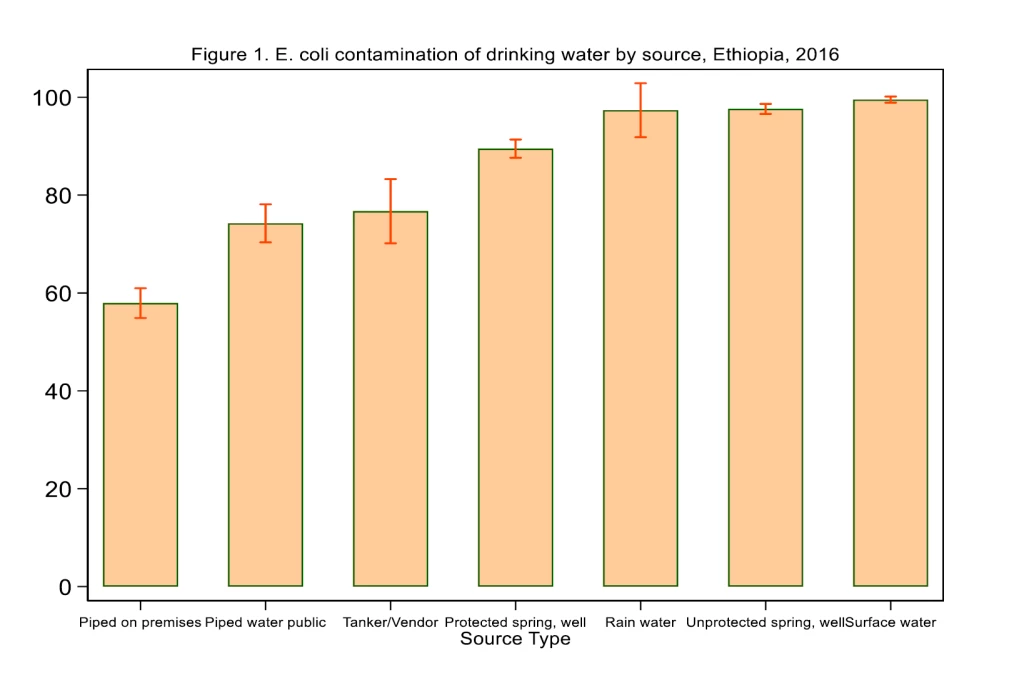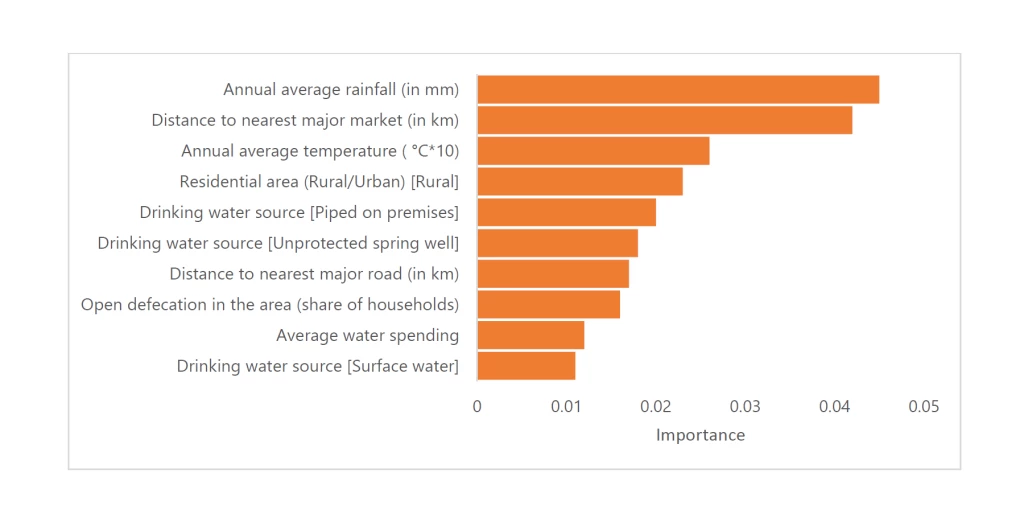 Alarming new trends in childhood malnutrition risk the health and economies of current and future generations. Copyright: Dominic Chavez/World Bank
Alarming new trends in childhood malnutrition risk the health and economies of current and future generations. Copyright: Dominic Chavez/World Bank
The latest Joint Child Malnutrition Estimates (JME) for 2022 have just dropped, shining a spotlight on alarming trends that threaten children’s lives and hamper the development of human capital worldwide. Brace yourselves, because the journey to meet the World Health Assembly and Sustainable Development Goal (SDG2) targets for 2030 is proving far from a walk in the park, and it is further threatened by the effects of climate change, wreaking havoc on food and nutrition security. Here's a glimpse of what the latest data reveal.
Progress on stunting has stalled, but there could be more bad news coming
Stunting, the silent threat to the growth and prosperity of national economies, continues to cast a shadow over the health and development of millions of children across the globe. The new JME trends reveal that a staggering 148.1 million children under 5 suffered from stunting in 2022, accounting for more than one out of every five children in this vulnerable age group worldwide (Fig. 1 & 2).
Global rates have plateaued over the past five years, and as we approach the half-way mark to the SDGs, we are drifting further away from the trajectory needed to halve the stunting rates by 2030 (Fig. 1). South Asia and Sub-Saharan Africa are the hardest hit, with the latter showing an unfortunate increase of over 2 million in 2022 compared to 2020 (Fig. 2). But this might not be the full story: as a lagged indicator, the adverse impact of recent crises on chronic malnutrition is likely yet to fully manifest.
Acute malnutrition on the rise
The effect of crises on malnutrition—through their devastating impacts on food systems, food prices, household income and healthcare accessibility—is more immediately visible on wasting, or weight-for-height, a measure of acute malnutrition.
Due to data gaps, the assessment of wasting was not possible for the Europe and Central Asia region, and data for many countries is limited. Keeping these limitations in mind, the rate of wasting seems to have increased somewhat from 2020 to 2022, with South Asia continuing to carry a disproportionate burden (Fig.3). This region has a mind-boggling two and a half times more wasted children than Sub-Saharan Africa (Fig. 4).
Nevertheless, wasting rates can be underestimated, given the higher mortality rates among wasted children. UNICEF data from 2023 show that twice as many children died before reaching age five in 2021 in Sub-Saharan Africa, compared to South Asia (73 vs 37 deaths per 1,000 live births, respectively). Both regions need to be prioritized for action.
Overweight and obesity are creeping up
What about overweight and obesity? While stunting and wasting receive the most attention, we often overlook the creeping rise of overweight among children under 5: a staggering 37 million children are now living with overweight globally--an increase of nearly 4 million since 2000! The graph tells the tale, revealing the widening gap between our current trajectory and the SDG target of reducing overweight to less than 3% by 2030 (Fig. 5).
Only Europe and Central Asia seems to show a positive trend. Latin America and the Caribbean, East Asia and Pacific, and Middle East and North Africa (MENA) stand as clear priorities demanding immediate action, with MENA leading the charge, with a whopping 1 in 10 children overweight or obese and a reversal of past progress (Fig 5.).

The nutrition and climate crises call for urgent and concerted actions
These data should serve as a resounding wake-up call, especially against the backdrop of the climate crisis – a long-term threat to food and nutrition security, often affecting women and children disproportionally. We need to act now and ramp up efforts to combat all forms of malnutrition, with climate-smart actions.
Without immediate action, the gaps in trajectories towards the SDG goals will only widen further, risking the health and economies of current and future generations. We need to change social norms regarding nutrition behaviors, build strong national institutions that can implement robust policies and support the scaling up of actions through a climate-smart lens.
We must address both undernutrition and obesity simultaneously through comprehensive strategies that include scaling-up high impact interventions, fiscal policies, such as taxes, marketing regulations, and labeling of unhealthy foods such as sugar-sweetened beverages, and nutrition education for consumers. Many countries are already starting to do this (check out the Global SSB Tax Database here), but more is needed to foster a healthier and more sustainable future.
Critical data gaps remain, especially on women’s nutrition
Lastly, let's not forget that these trends are only providing us with a glimpse into the larger picture, as data are still not available for many countries, and the figures presented are modeled estimates.
Recent data are needed for other indicators such as anemia among women: a pivotal “thermometer” for gauging the magnitude of the global nutrition crisis. Women, being the gatekeepers of household food and nutrition security, are often the first to bear the heaviest burden of climate-related adversities, surging food prices, and inflationary pressures. The most recent available estimates for anemia in women of reproductive age show that in 2019, 30% of women were anemic (an alarming 7 percentage points above the trajectory needed to achieve the SDG target by 2023) and some data from UNICEF suggest that anemia rates among women may in fact be increasing.
The need for urgent action linking nutrition and climate change cannot be more evident –we need to act today to save tomorrow!






Join the Conversation